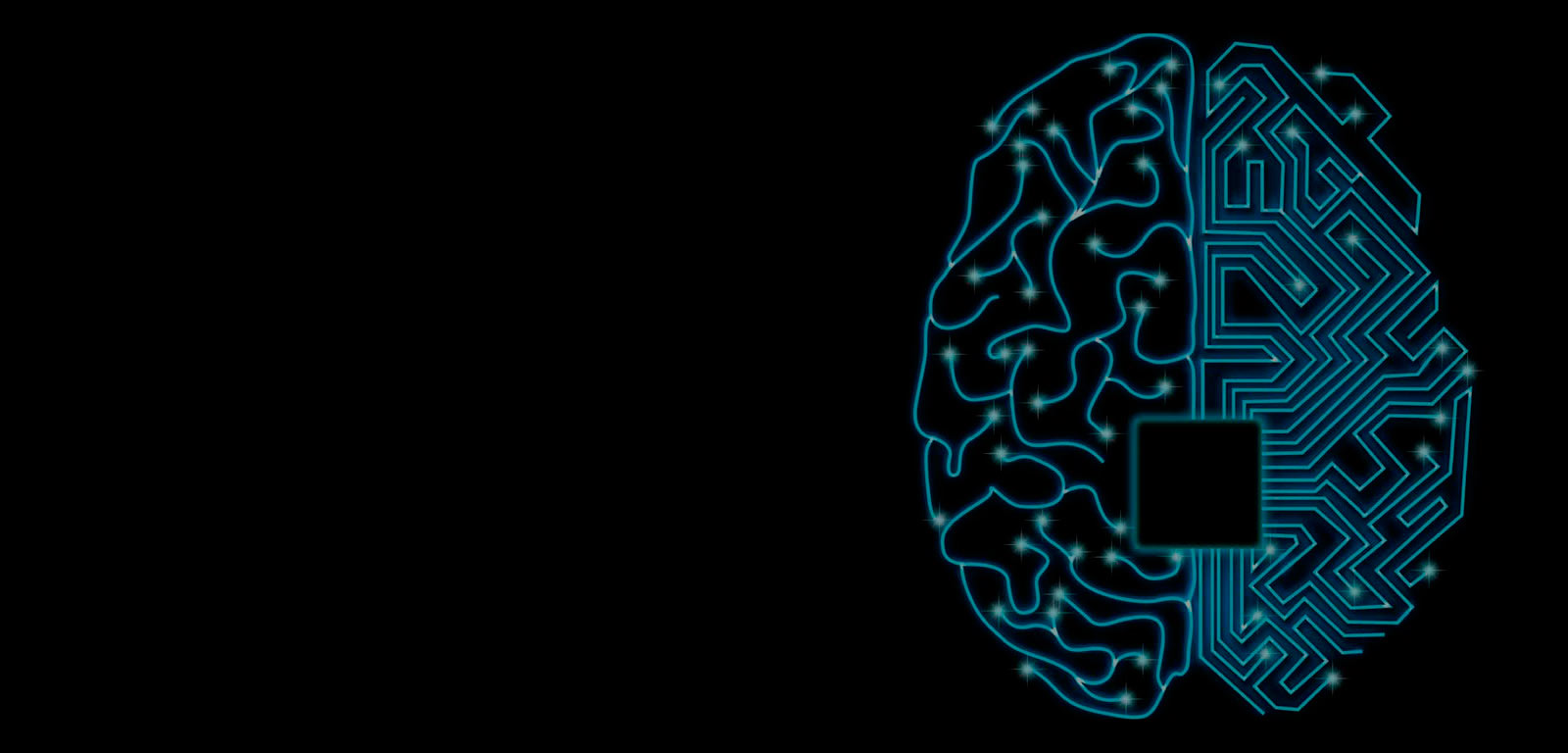Gaia
Datu Biomedikoen Analisia
Gaiari buruzko datu orokorrak
- Modalitatea
- Ikasgelakoa
- Hizkuntza
- Ingelesa
Irakasgaiaren azalpena eta testuingurua
The application of machine learning techniques to biomedical data is an emerging field that has already shown promising results. Biomedical data has particular characteristics that must be considered before feeding the learning algorithms with them. This kind of data is heterogeneous, ranging from simple questionnaires to complex data structures such as electroencephalograms, images, electrocardiograms, voice recordings, etc. This module describes the main characteristics of biomedical application, introduces the most common biomedical data sources and how to deal with them in order to obtain useful knowledge and points important ethical and fairness issues.Irakasleak
| Izena | Erakundea | Kategoria | Doktorea | Irakaskuntza-profila | Arloa | Helbide elektronikoa |
|---|---|---|---|---|---|---|
| ARBELAIZ GALLEGO, OLATZ | Euskal Herriko Unibertsitatea | Irakaslego Agregatua | Doktorea | Elebiduna | Konputagailuen Arkitektura eta Teknologia | olatz.arbelaitz@ehu.eus |
| GURRUTXAGA GOIKOETXEA, IBAI | Euskal Herriko Unibertsitatea | Irakaslego Agregatua | Doktorea | Elebiduna | Konputagailuen Arkitektura eta Teknologia | i.gurrutxaga@ehu.eus |
| PERONA BALDA, IÑIGO | Euskal Herriko Unibertsitatea | Irakaslego Atxikia (Laguntzaile Doktorea) | Doktorea | Elebiduna | Konputagailuen Arkitektura eta Teknologia | inigo.perona@ehu.eus |
Irakaskuntza motak
| Mota | Ikasgelako orduak | Ikasgelaz kanpoko orduak | Orduak guztira |
|---|---|---|---|
| Magistrala | 10 | 15 | 25 |
| Ordenagailuko p. | 20 | 30 | 50 |
Irakaskuntza motak
| Izena | Orduak | Ikasgelako orduen ehunekoa |
|---|---|---|
| Talde-lana | 50.0 | 20 % |
| Eskola magistralak | 25.0 | 80 % |
Ebaluazio-sistemak
| Izena | Gutxieneko ponderazioa | Gehieneko ponderazioa |
|---|---|---|
| Bertaratzea eta Parte-hartzea | 10.0 % | 20.0 % |
| Praktikak egitea (ariketak, kasuak edo arazoak) | 80.0 % | 90.0 % |
Irakasgaia ikastean lortuko diren emaitzak
Irakasgaiaren Gaitasunak:Be able to identify and apply appropriate processing techniques and learning methods to biomedical data of different nature. (1-CT2594, 2-CG2654)
Know how to interpret the results obtained from an analysis of biomedical data and to draw conclusions from it. (1-CB9)
Identify and apply the appropriate processing techniques to the biomedical data available.
Make use of the appropriate learning methods to extract knowledge from processed biomedical data.
Introduce, fairness and privacy viewpoint in the generated systems.
Interpret and explain the results of a data mining process in a biomedical context and draw sound conclusions.
Ohiko deialdia: orientazioak eta uko egitea
The evaluation will be mainly based on the development of practical works. Attendance to classess and participation will aslo be taken into account.Ezohiko deialdia: orientazioak eta uko egitea
The evaluation will be mainly based on the development of practical works. Attendance to classess and participation will aslo be taken into account.Irakasgai-zerrenda
1. Introduction to biomedical applications2. Working with diverse data. Examples
1. Alphanumeric
2. Images
3. Signals
3. Dealing with ethical and fairness issues in biomedical applications
Bibliografia
Oinarrizko bibliografia
Rezaul Begg, Daniel T.H. Lai, Marimuthu Palaniswami, “Computational Intelligence in Biomedical Engineering”. CRC Press, 2008. ISBN: 978-0-8493-4080-2Robert Hoyt and Robert Muenchen, “Introduction to Biomedical Data Science”. Informatics Education, 2019. ISBN: 9871794761735
Kun Lee, Sanjiban Sekhar Roy, Pijush Samui, Vijay Kumar “Data Analytics in Biomedical Engineering and Healthcare”, Elsevier 2020. ISBN: 9780128193143
Gehiago sakontzeko bibliografia
D. Jude Hemanth, Deepak Gupta, Valentina Emilia Balas “Intelligent Data Analysis for Biomedical Applications”, Elsevier 2019. ISBN: 9780128155530Valentina Balas Brojo Mishra Raghvendra Kumar. “Handbook of Deep Learning in Biomedical Engineering: Techniques and Applications” (2020). Elsevier. ISBN: 9780128230145
Mark Jenkinson, Michael Chappell, “Introduction to Neuroimaging Analysis”. Oxford University Press (2018). ISBN: 9780198816300


